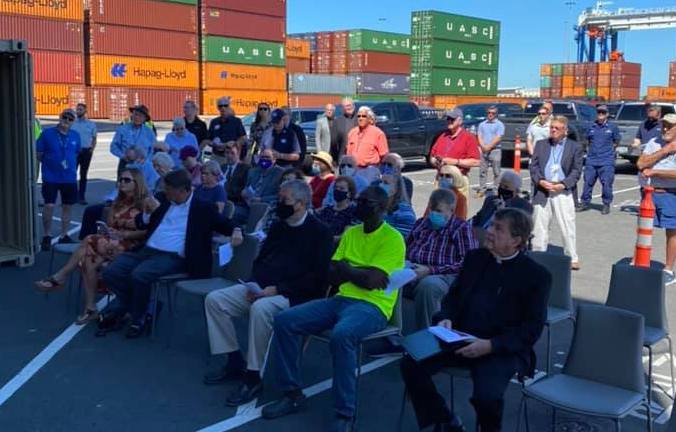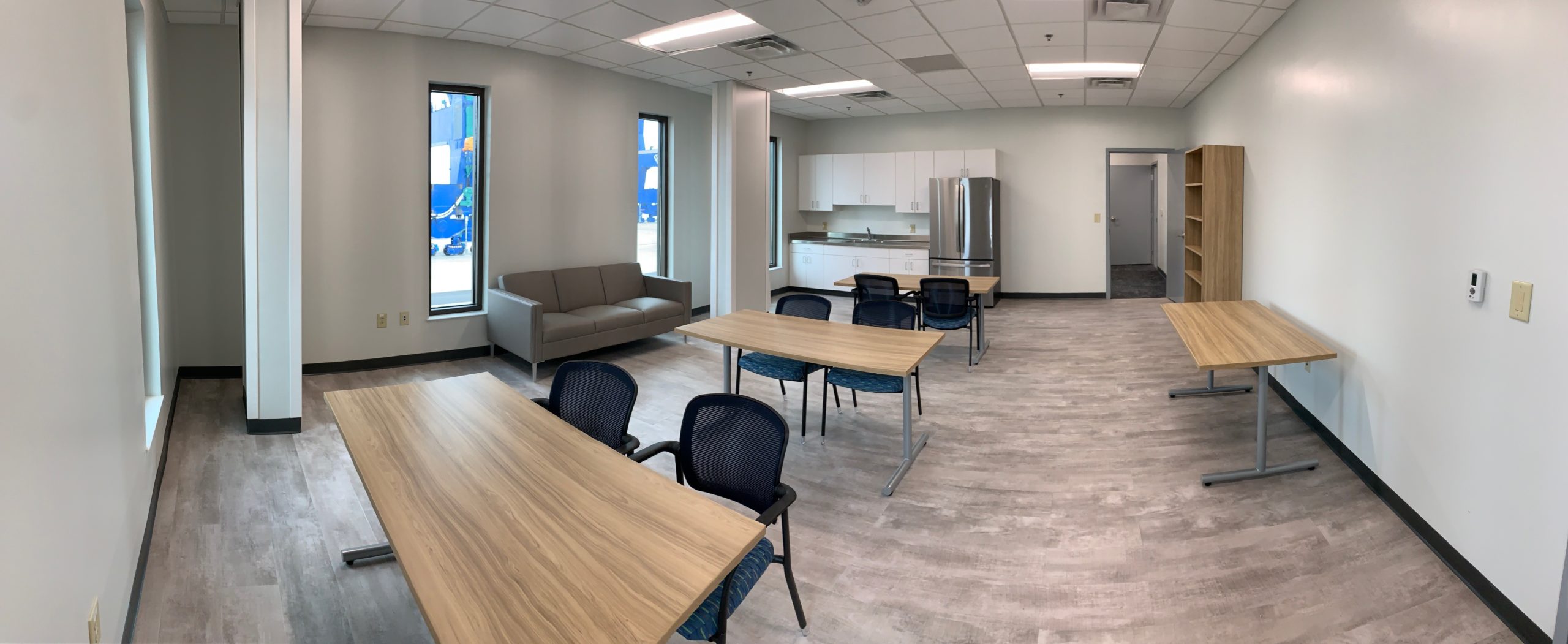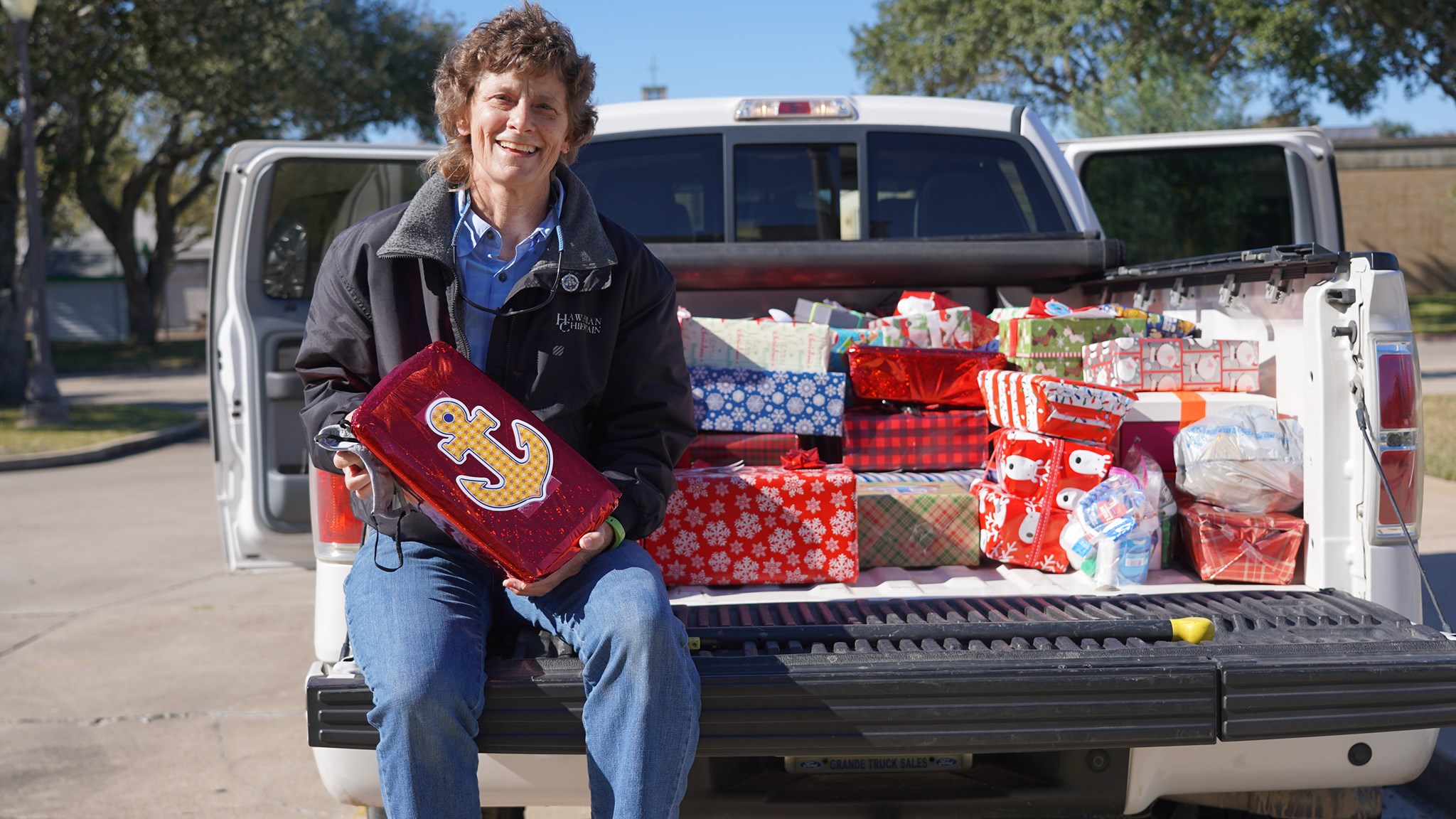The theme of 2019’s NAMMA conference in Charleston, SC was studying connections and disconnections in our modern world. After leaving the conference, I continued to reflect on that theme, especially to do with what ship visitors do on a daily basis. Connecting and disconnecting with others is so normal an experience that we often do not think about it consciously, but it may be helpful for us to reflect more on this activity as we improve our life with seafarers.
The self and the other in conversation
As we connect with others in conversation, we must ask ourselves, “Am I connecting with another primarily for my own needs or for the seafarer?” It can take some thought. Many people may say that they are connecting for the benefit of other people while centering everything on themselves. We too often expect the “other” to conform to our agenda, our judgments, and our comfort levels. We are always important parts of our connections with others, but as chaplains and seafarers’ welfare workers our focus needs to be on the seafarers and letting them make the connection on their terms. Engaging with a seafarer in this manner means being willing to surrender our personal agenda for a time and giving them an opportunity to connect with us in an unexpected way. This kind of connection requires that we be willing to surrender control at many levels.
It is not totally wrong to bring some of our own personality and needs to our ministry – we each have valuable agenda, purposes, and meanings to share. At one level, offering these up to seafarers may be serving them. But we must be careful not to use seafarers and serve ourselves. They may appreciate a connection with us informed by our own concerns, but they also may not. As a Christian, my question for all of us would be: What kind of connecting (focus primarily beginning with us or with seafarers) fits the servant model of Jesus most appropriately?
Quality connections
Relationships come in many kinds, from short-term relationships with strangers to life-long relationships with our most intimate friends. Maybe in the grand scheme of things many of our connections with seafarers are more in the first category than the second. That doesn’t mean they can’t be good or deep, though. A quality connection is any connection in which a person receives something they want, value, or need. Serving seafarers involves making all kinds of connections, but deep, quality connections should be our intent. Quality connections help seafarers more, and they often help us more too. There are questions which we might ask ourselves to help with this: What are the deepest needs or desires for me and for seafarers? What are the connections most valuable to me? How do I know when I have made a quality connection with another? How can I be a better connecting link to others?
Preparation for ship visiting: emptying ourselves
Ship visiting means being “a presence” for God and for others. Even though my personal connection with Christ may be special for me, and even though I may have many gifts to offer others, I believe that I must be prepared to empty myself of any personal agenda on my visit with a ship crew. The emptying of self means making as much openness as possible and trusting that God will pull from me the things which are most appropriate for whoever I am with. In emptying myself, I will find my senses of sight, smell, hearing, speaking, and thinking more free from personal distractions. I will be both an initiator and a listener in the process. I will listen to the seafarer and for the Holy Spirit and from that, both they and I may be filled, changed, transformed, and have personal needs met. While I might be “the presence”, I should more correctly allow for God to be “the presence” for both myself and the other as we are sharing together.
Emptying myself of expectations and keeping myself open to what God is showing me is key to making a quality connection with seafarers when I ship visit. As I park my car and begin to walk toward where the ship is docked, I focus my eyes on what I might see. What flag is the ship flying and what type of cargo might be on the ship? Is the ship cleared by Customs and Border Protection? What can I see happening on the ship? Is the crew busy loading provisions? Can I see a mixture of nationalities? What activities are visible? How is the gangway set up and does it seem secure?
I walk up the gangway and say that I am from the seafarers’ center. As I sign in at the gangway, I ask about the crew nationalities, how long they will be in port, and how they are doing generally. As a seafarer escorts me toward the control room, I ask about family, time left before going home, and other personal questions. In the control room I speak with an officer about the services we offer. Usually I am directed to speak with crew in either the mess room or the smoking room. If someone is available I always sit down to speak with them, because sitting down is communicating that I have time to talk. Every step of the way, with every seafarer I meet from the gangway to the officer to the mess, I try to observe how the seafarers are feeling and how they are conducting themselves – are they happy? are they angry with each other? are they relaxed or stressed? are they talkative?
Openness to seafarers in conversation
My conversations with seafarers have benefitted from learning active listening, which I encourage everyone to study more. Listening does not mean going into a room and waiting for someone to initiate conversation with you – it means showing your readiness to hear what others have to say, directing conversation in such a way that they are able to speak from the heart, and communicating to them that you share their burdens. One way to do this is through asking “open questions,” that is, questions invite seafarers to talk about themselves freely. When I ask yes/no questions, for example “are you married?”, I am putting limits on what kinds of answer the seafarer can give, based on my expectations of what should be important to them – the possible answers are “married,” or “unmarried”, and neither of them tells me how the seafarer feels about it. An open question has no limits on how it can be answered, so when the seafarer answers it, they are telling me what they feel they need to talk about.
I have developed questions which will require responses from which I might focus on developing a conversation. Some of these questions are: Where are you from? What is your home like? When do you get to go back? How can we help you while you are in our port? Have you had a chance to communicate with your family? Do you have children? What are they like? When do you get to go home? How are things on the ship? How long have you been a seafarer? What are your duties on the ship? Questions and responses like these often take me to deeper levels of dialogue with the seafarer.
There are all sorts of different approaches to conversation and building connections. The most important thing to remember when using them is that it has to be for the benefit of the seafarer and not our own. Sometimes it is helpful for you to share about yourself as a seafarer shares about themself, but we should follow their cues and not share more than they would be comfortable with. Dialogue with moments of humor is always very valuable, but it has to be in good taste and under no circumstances should leave someone feeling ashamed; I often poke fun at myself or at a general situation.
For most chaplains, conversation about religious faith or providing spiritual support is of greatest importance. These conversations often begin easily when offering free religious material for the seafarer, but they should never be forced. It is most appropriate to discuss spiritual issues with the seafarer when they show an interest or desire for such conversation. Prayer with a seafarer is always best when in response to the seafarers’ own expressions of faith and need. We must all remember that we are welfare agents, often the only welfare agents seafarers meet, and the range of needs which seafarers need us to address is very broad. We should live and exemplify Christ in everything that we do, and we should speak of Christ with seafarers in the context of conversations which the seafarers initiate.
Quality disconnections?
However we connect with seafarers, there is always a time that we must “disconnect”. Being disconnected with others can leave a void, but it can also give hope and encouragement. Separation between persons can even strengthen the connections between persons in a relationship. What happens in and through the “connection” of two souls will require thought of the nature of “disconnection” with that other. Even as we try to form quality connections with seafarers, we should be thinking about how, as we disconnect, we should make sure a re-connection will be possible in the future. I think we should spend some time thinking about how to do this well.
Conclusion: A checklist for connections with seafarers
Conversations we have with seafarers might be measured by the following guides:
- We show concern about their desires and needs.
- We are not judgmental or narrow in our shared ideas or opinions.
- We share humor and laughter with a joyful heart.
- We attempt to and show willingness to help with what seafarers share, whether by information, action, or follow-up.
- We are able to move to the spiritual needs of the seafarer.
When we bear such things as these in mind, I believe, we can make sure that in our ministry we have an “open connection” with seafarers – this allows us to truly be servants to them. It also may allow us ourselves to be served and transformed by them and the Holy Spirit.
Rev. David Wells is a Presbyterian chaplain working at the Houston International Seafarers’ Center.





